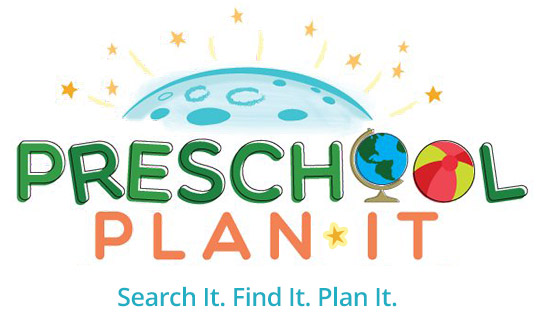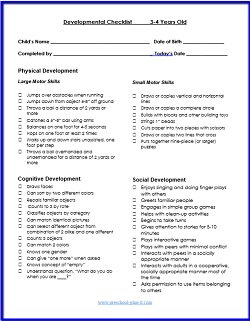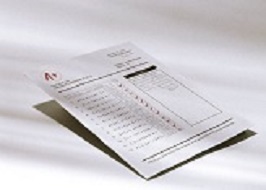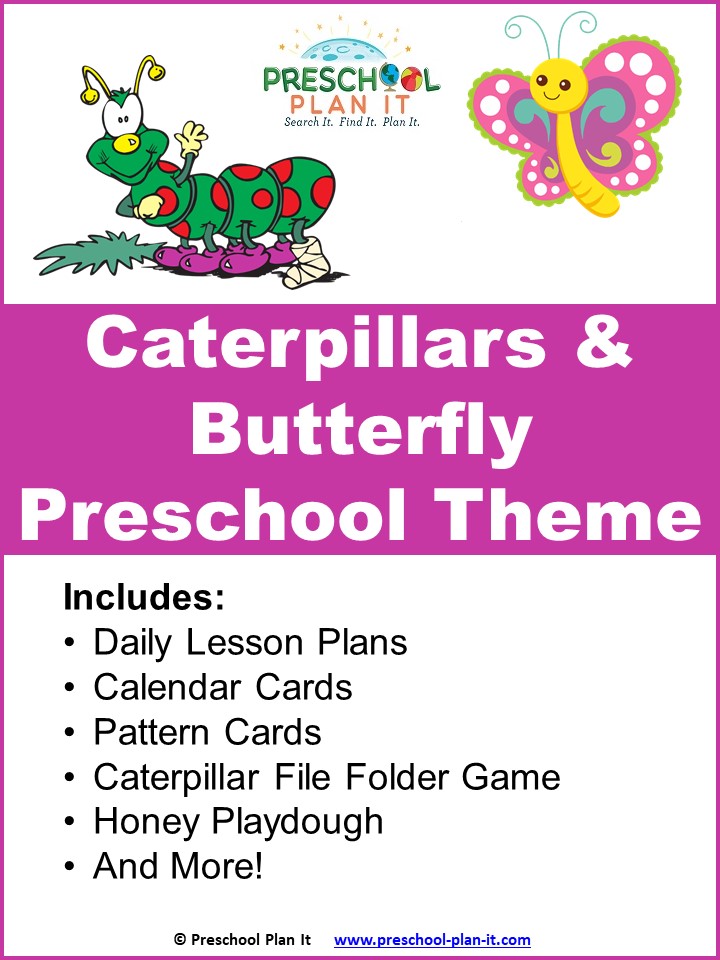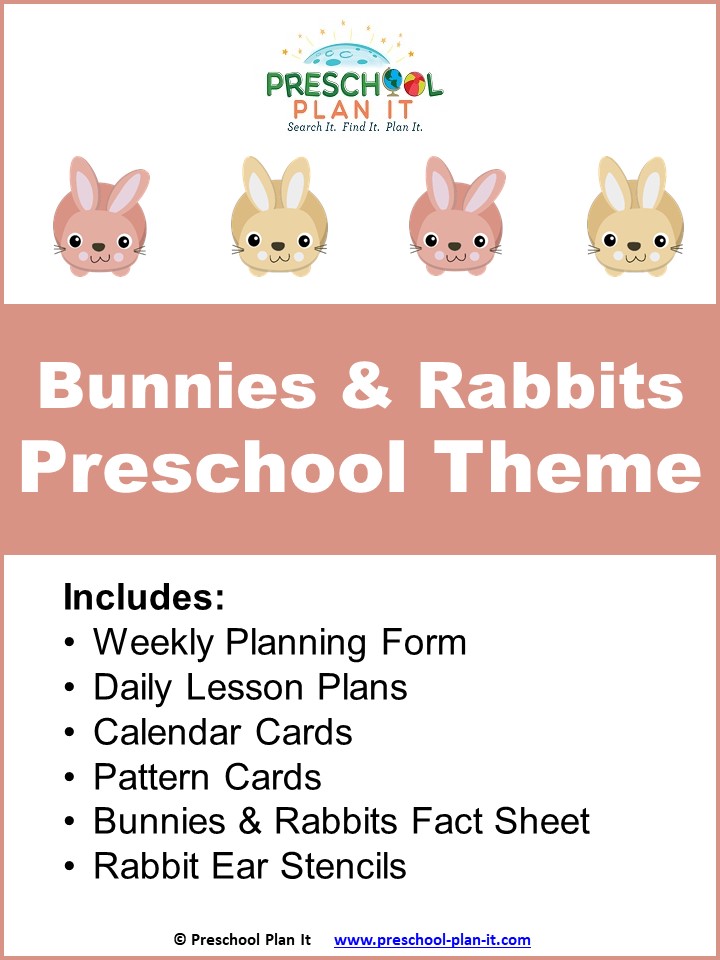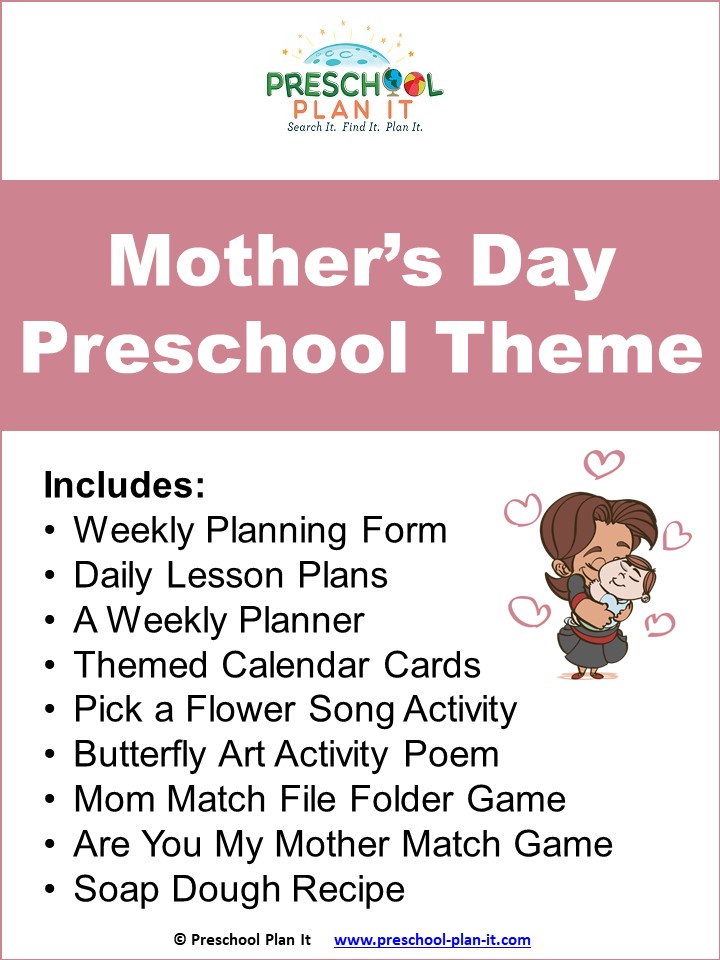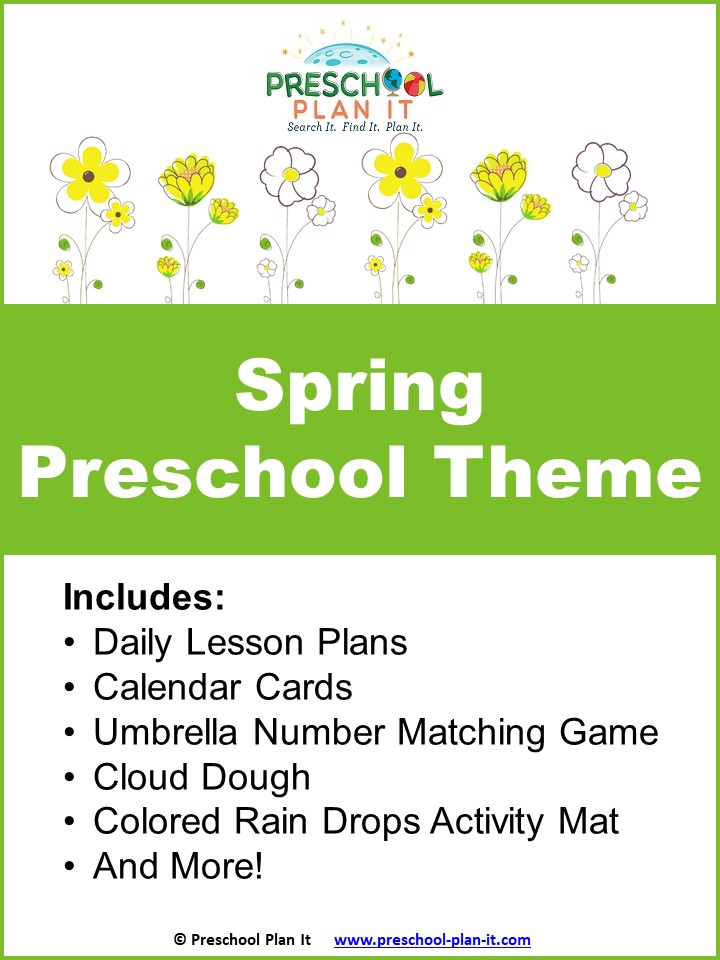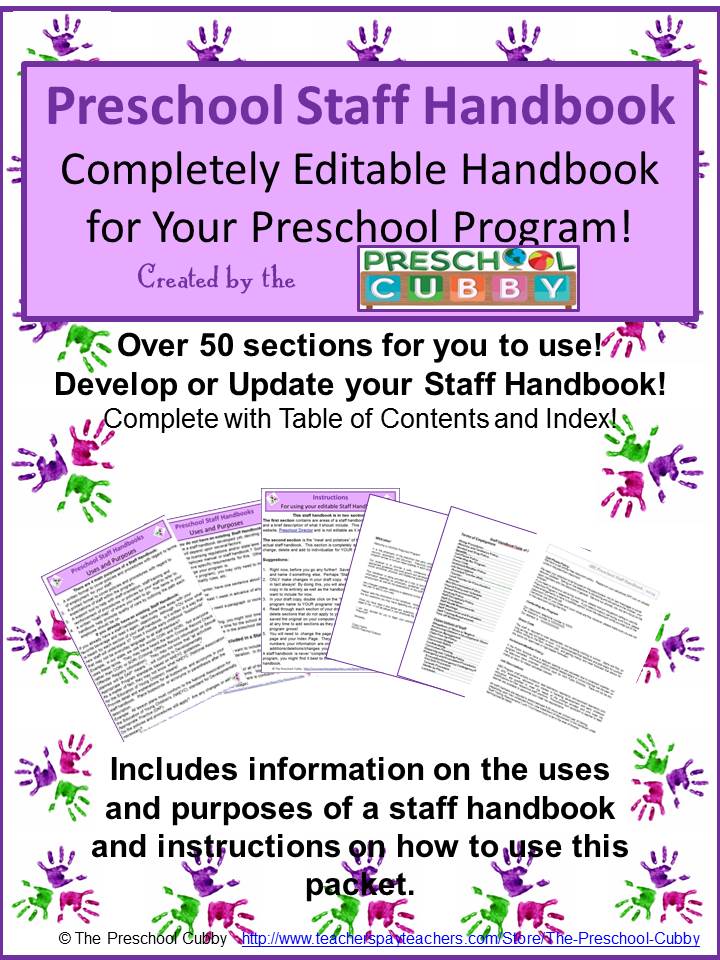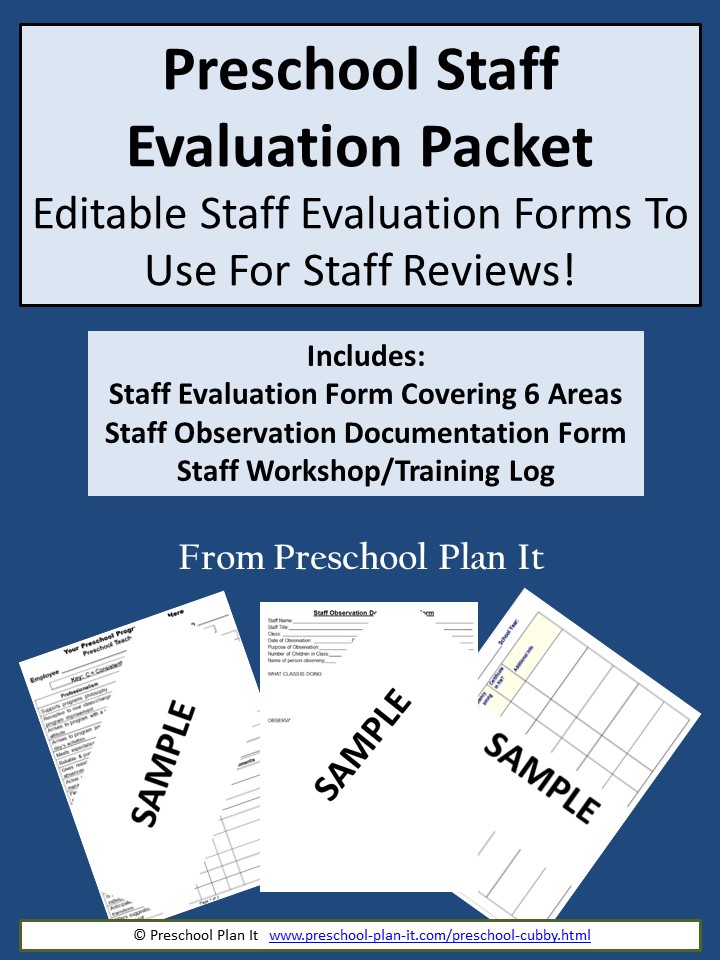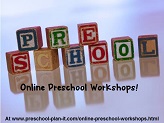- Theme Packs
- Themes
-
Preschool Planning
- Preschool Teachers

Use Your Preschool Progress Report...
as a Planning Tool!Developmental progress reports in preschool have many names: preschool progress reports, report cards (I LOATHE this name!), developmental progress forms.
You may complete them annually, semi-annually or quarterly depending on your program’s policy and state requirements.
They should be developed with sound growth and developmental milestones in mind for each age group.
As early childhood educators, we put much time and thought into completing these for each child.
You may have collected items for a portfolio, written anecdotal comments from your observations to share with the families and have carefully completed each section of the form with that individual child in thoughtful focus.
This helps the family to know what the goals of your program are for their child’s classroom as well as where there child is in the areas of social, intellectual, emotional and physical development. Your personal notes help the family realize that you KNOW their child and what they are capable of.
Where Do Your Progress Reports Go After the Parent-Teacher Conference?
The question: What happens to these developmental progress reports and checklists after they have been shared with the families at the Parent-Teacher Conference?
All too often, they are filed in the child’s individual file not to be looked at again or at least until the end of the school year when the final report is written for each child.
If this is what happens in your program, you are missing out on a great curriculum planning tool!
Your observations, assessments and progress reports can, and should, be used to develop activities based on where your class is as a whole. They can also be used to plan small group activities based on individual abilities and needs. Let's take a look at how.
For example, your math area has many themed activities planned that encourage children to develop their one-to-one correspondence up to 5; sort manipulatives by color and/or size; and recognize numbers up to 10.
You review your notes (which include observations, assessments and progress reports) from the fall and see that, at that time, ALL of your children had strong one-to-one correspondence up to 10 and ALL knew their colors. You notice that about half of your children recognized numbers up to 5 and many recognized up to 15.
Knowing this information would change your plans for the math center. It would also suggest that you may want to have some small group activities for number recognition to work with children where they are at.
Many times we get so caught up in the planning for “three year olds” or “four year olds” that we lose sight of what we know about “OUR” three and four year olds!
General Preschool Progress Reports
I've received many requests for samples of progress reports to use. Each program's reports and checklists will look differently depending upon the ages served. There is no one size fits all form. Wondering where to even start?
I have created a few basic samples for you that include:
- A checklist for 3-4 year olds
- A checklist for 4-5 year olds
- A general developmental checklist to use during observations
Progress Report Keys
When creating a key for your progress reports, be sure to list them so they are not pass/fail type keys. Remember, preschoolers are all at different levels of development. Do not "grade" them as though they know or do not know their multiplication tables of the capitols of all the States!
Here are some that I use on my progress reports and their explanations:
I=Independently/Consistently
List an I next to a skill that you are observing the child performing or participating in independently on their own with minimal adult help.
S = Developing Satisfactorily
List an S next to a skill that you are observing a child performing or participating in on a regular basis- this may be with or without adult help/explanation. (For example, you may see a child using plastic links to line up in a row, sorted by or linked together by color. This would show that they are sorting items by attributes as listed in the Cognitive Development section of the form.
A child using these as a dramatic play prop (such as using them as wood in a pretend campfire or linking them to use them as a dog leash) would show that they are able to pretend with imaginary objects as listed in the Creativity Development section of the form.
B = Beginning
List a B next to a skill that you observe the child beginning to show interest in. It does not mean they are proficient but that he/she is developing the skill. For example, you may see a child who is making scribble marks on paper and then tells the adult "That's my name!". Is the child moving the writing tool on the paper without looking at the paper? If so, they are making random marks. If they are watching the paper while printing and making intentional marks, they are making controlled scribbles (see Art Skill Development Section).
N = Not Observed
Use N when you have not observed a skill in the classroom. This N means the child either does not participate in a skill OR that you have not observed that skill in the classroom.
It is important to list a note in the note section when using N as a description for any skill.
For example, listing an N next to "Walks up and down steps unassisted-one foot per step" (in the Physical/Large motor development section) might mean that the child goes down steps on their "bottoms" or it could mean you have no stairs in your program and therefore have not observed them doing this! Notes are importants!
N/A = Not Applicable
You would use N/A for areas that you would not expect to see and are not looking for. You might use this for a child with an IEP (Individualized Education Plan)(for example--a child in speech therapy who is not easily understood by others at this time) or a disability/impairment (a child who physically can not run, jump, etc.).
Other Pages You May Be Interested In:
Go to Preschool Plan It's Home Page


Hey there! Welcome to Preschool Plan It! I’m Cheryl, a preschool teacher of over 20 years.
I KNOW, I know, you spend hours of time developing your preschool themes, activities and preschool lesson plans each week. You are commited to planning preschool themes and activities that are engaging hands-on, interactive, fun AND meet the goal of supporting each child’s level of growth and development.
I am commited to providing you, the preschool teacher, with everything you need to develop preschool lesson plans and preschool activities for your classroom all in one place!
READ MORE
Join My Free Preschool Teacher Tips Newsletter
You’ll receive a weekly email with planning tips and teaching ideas.
You'll also receive (on the 1st of each month) a free theme starter pack with some printables and activity ideas to get you started planning a theme!Join Now and Get Your First Theme Right Away!
© Copyright 2010-2025 Preschool-Plan-It.com | All Rights Reserved | Privacy Policy & Disclaimer
- Preschool Teachers
